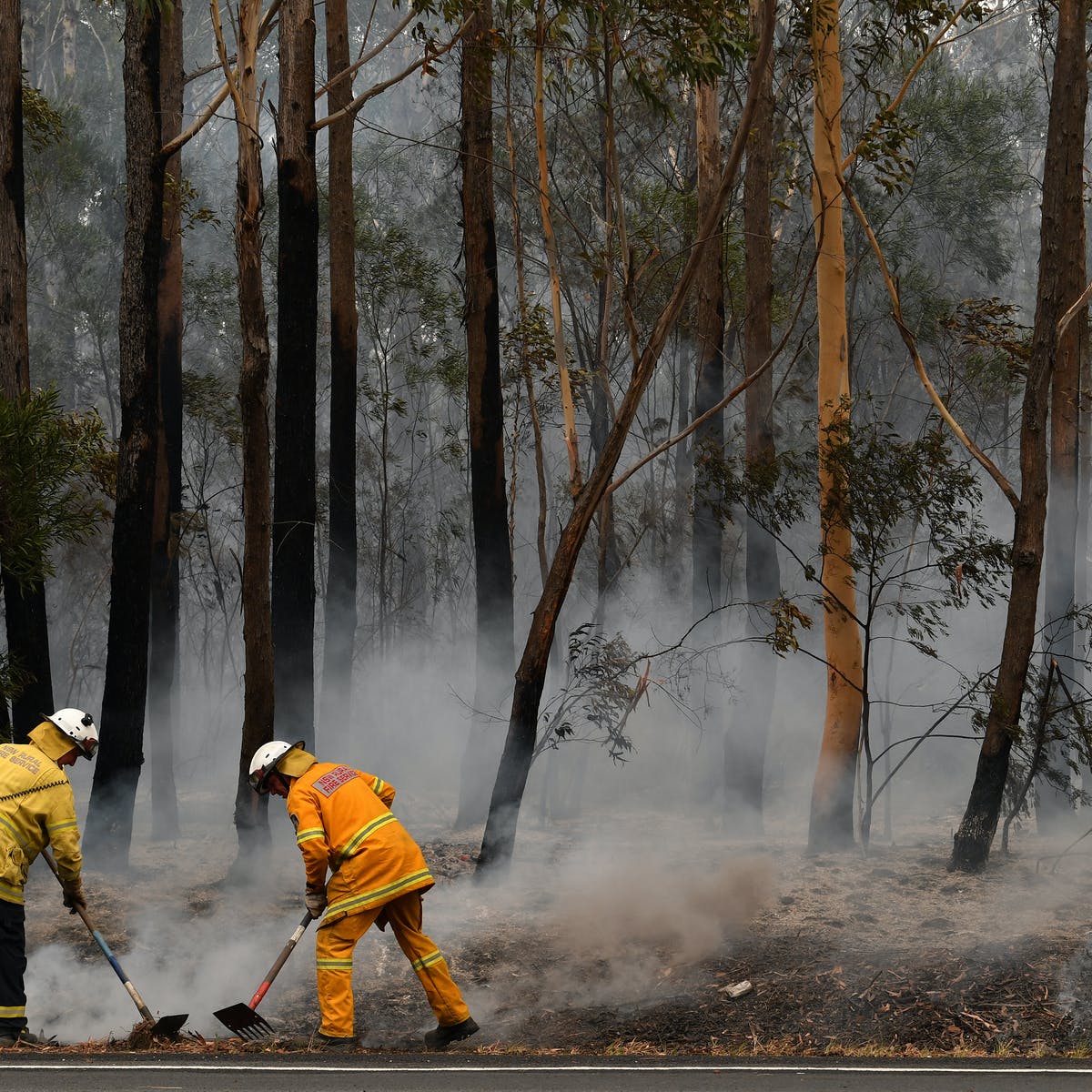



Labor has pledged to devote $200 million each year to disaster mitigation and resilience, from a $4.7 billion reserve that the administration has refused to use, according to the party. If elected, opposition leader Anthony Albanese claimed his party would restructure the Emergency Disaster Fund, investing in flood levees, sea barriers, cyclone shelters, evacuation centres, fire breaks, and telecommunications upgrades. These expenditures will literally save lives, not to mention the money that taxpayers will have to spend on catastrophe relief and restorations. Australians are known around the globe for being the best disaster managers, and they deserve to be supported by a government that anticipates, organizes for, and prevents disasters.
Instead, the Morrison government has been sitting on a $4.7 billion Emergency Response Fund that has done little to assist. The funds would be mirrored by state, territorial, or municipal governments, resulting in a yearly expenditure of up to $400 million in disaster preventive programmes. The Morrison government’s inability to plan and manage natural disasters, like COVID-19, has left Australians exposed. This does not have to be the case. The government has justified their decision not to utilise the fund.
Bridget McKenzie, Minister of Emergency Management, claimed the cash was set aside for “future funding” and was only to be used in catastrophic disasters where existing support programmes were insufficient. She noted that the Commonwealth had made an investment towards bushfire recovery programmes, frequently in collaboration with states. “So we haven’t had to utilise this particular fund,” Senator McKenzie told a Senate estimates panel last year. “We’ve used other mechanisms to actively support recovery and response to natural disasters.”
Disaster management is strategic planning and process that is implemented and used to protect key infrastructures (also known as “valuable assets”) from significant damage in the event of natural or human-caused disasters. Executive Order 13407, titled “Integrated Public Alert and Warning System (IPAWS)”, establishes policy for the United States to have an effective, dependable, integrated, adaptable, and comprehensive system to warn and advise the general public (FEMA, 2011). After a series of natural disasters in 2010, Europe started to introduce a strategic National Disaster Management plan. According to the European Academy (2010), there were 725 extreme weather events in 2010, resulting in billions of Euros in damage and tens of thousands of deaths.
Article by: Hari Yellina (Orchard Tech)